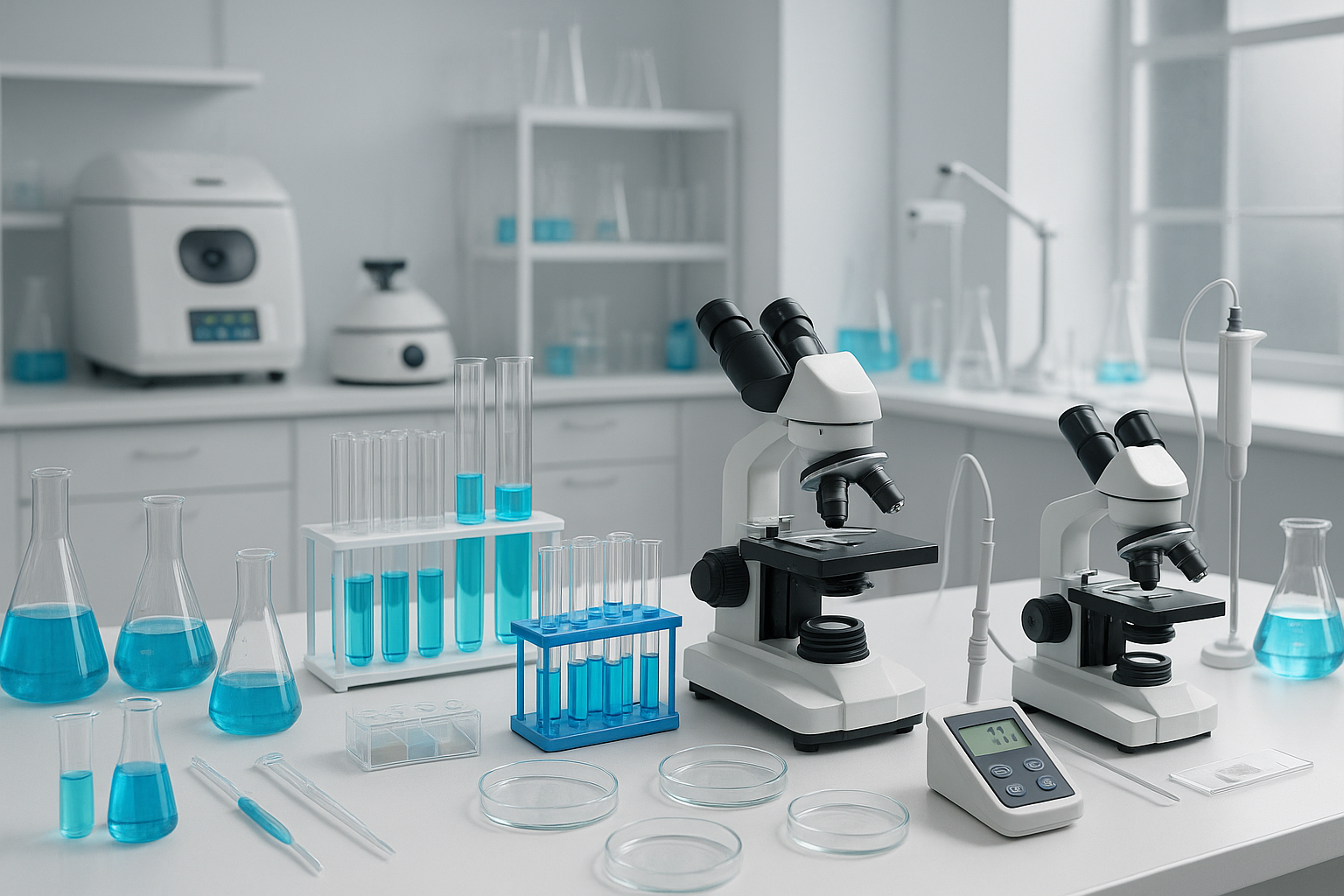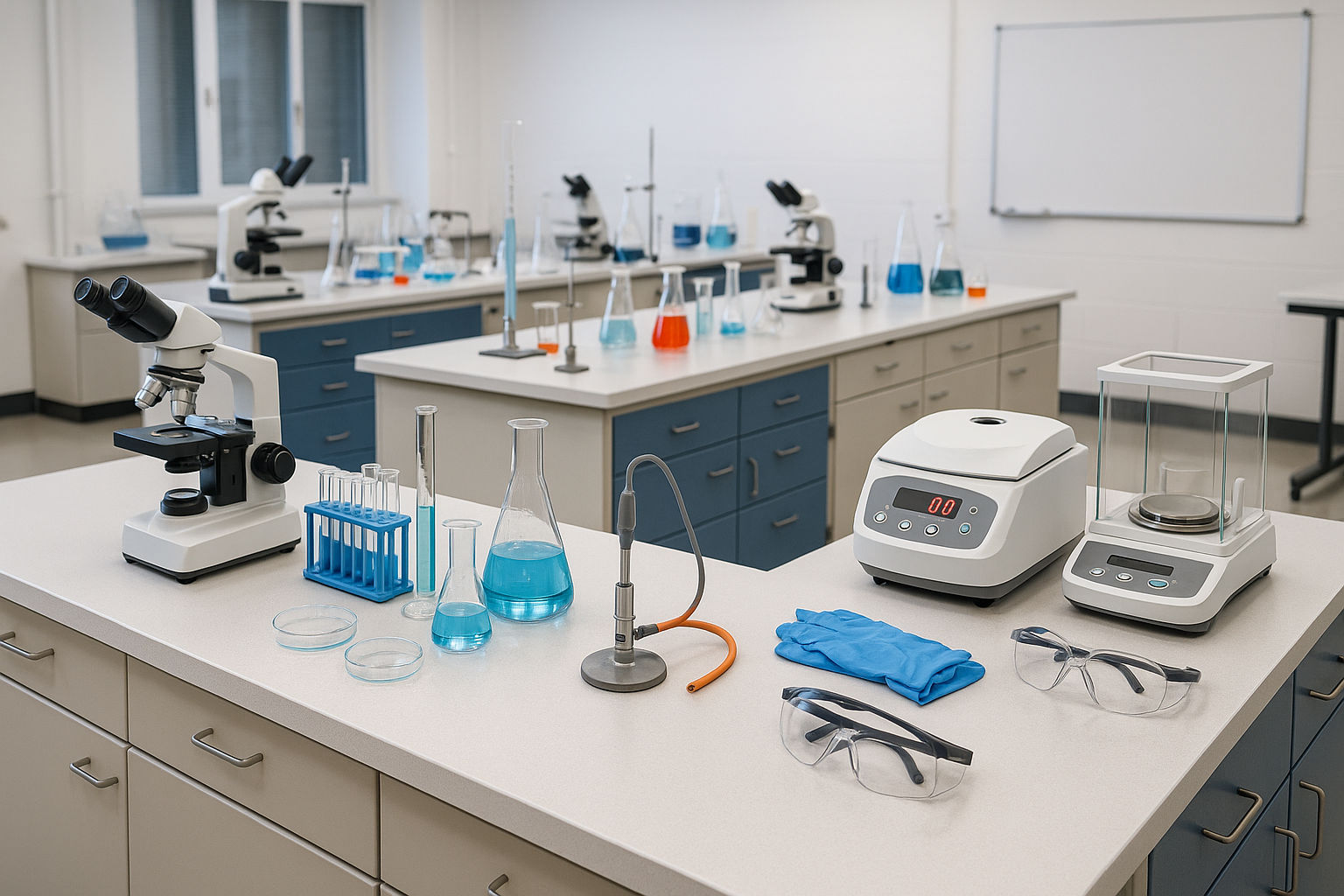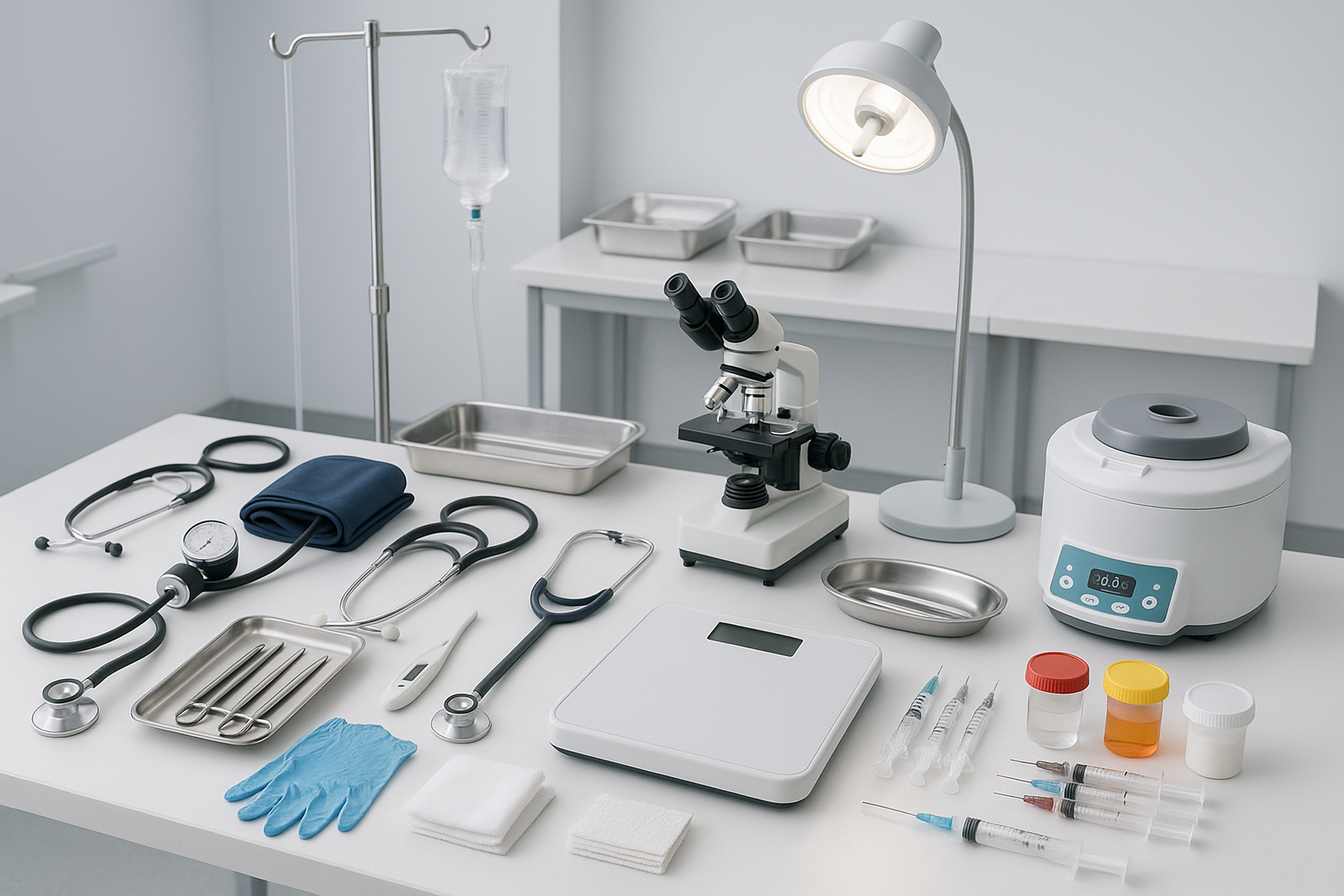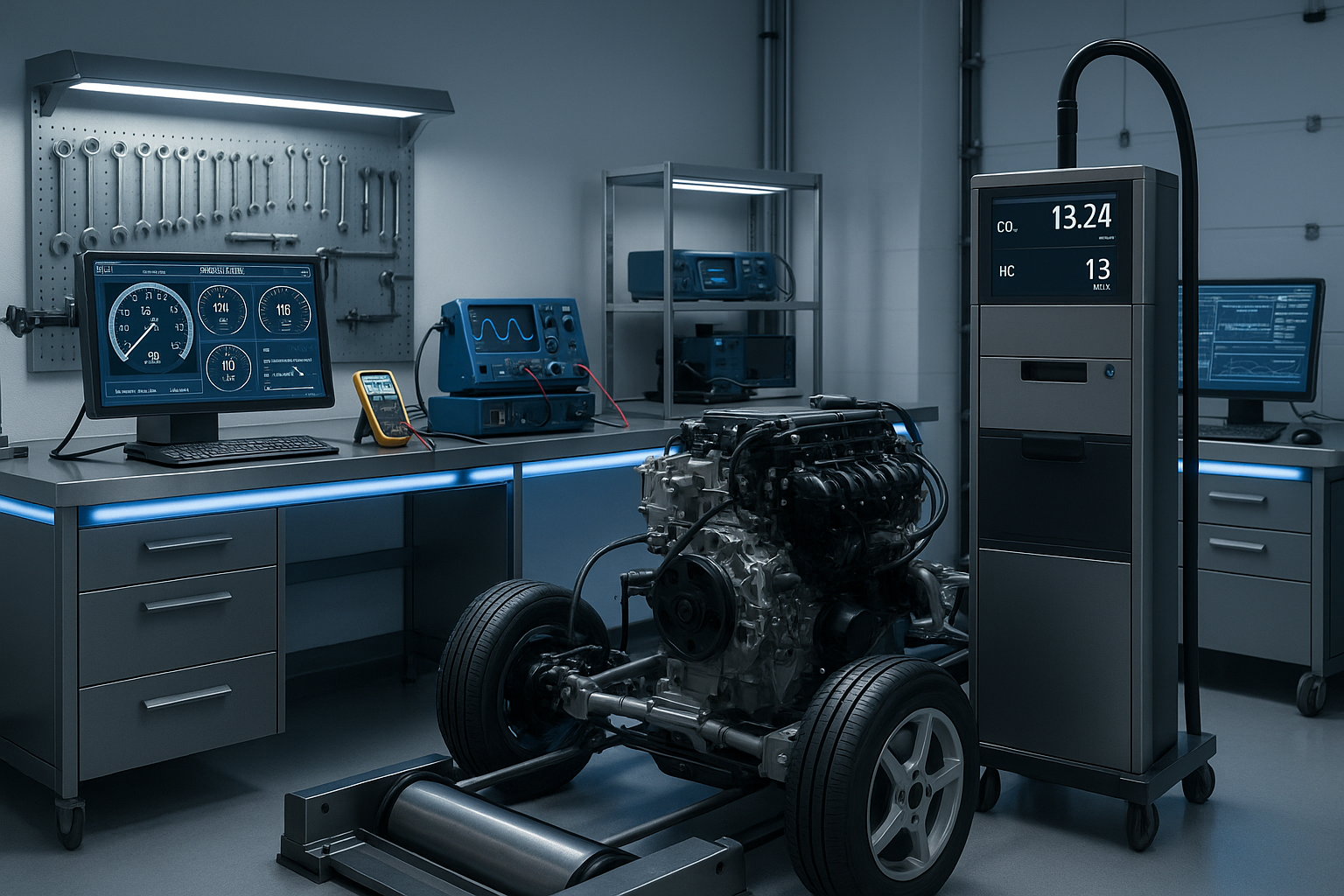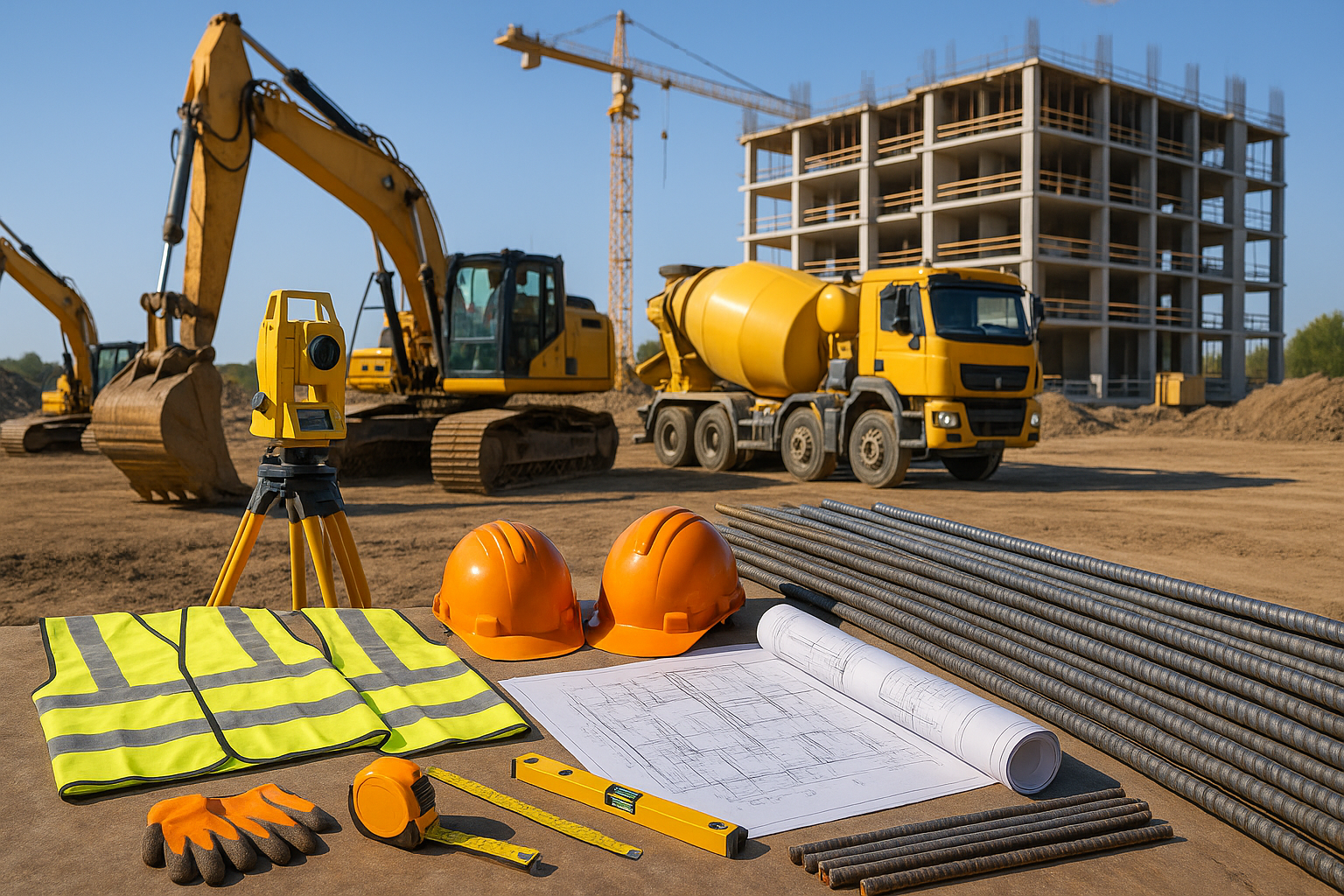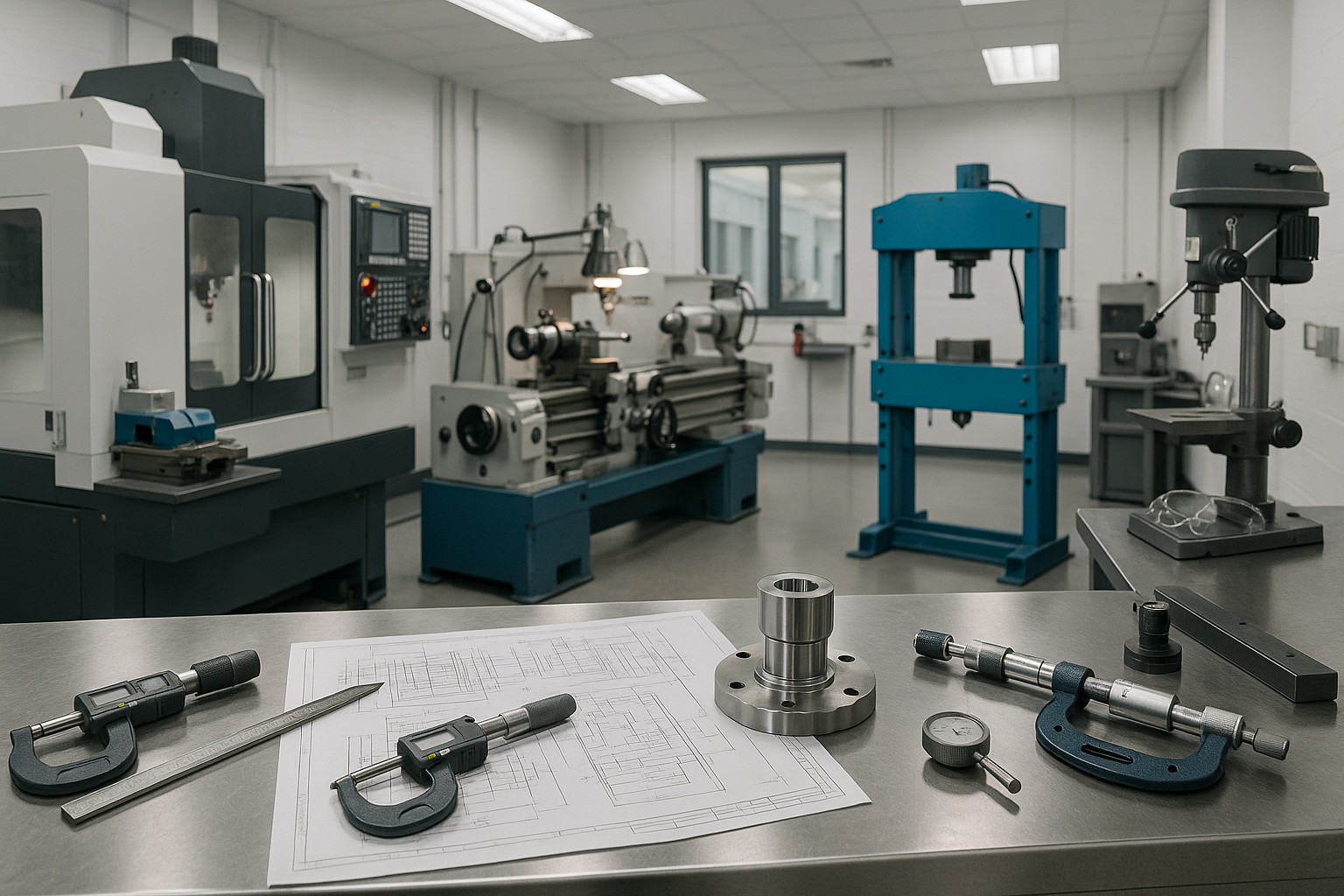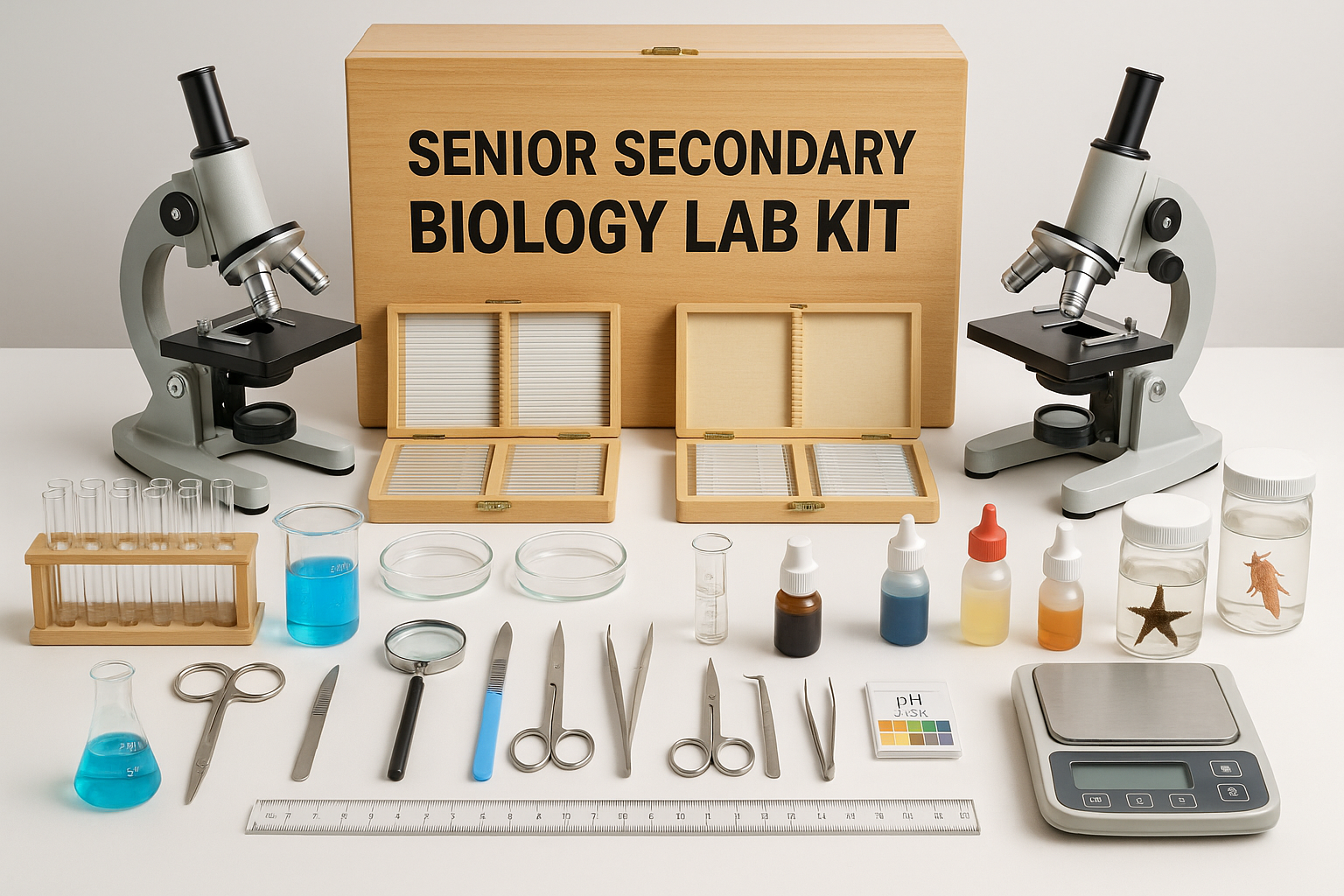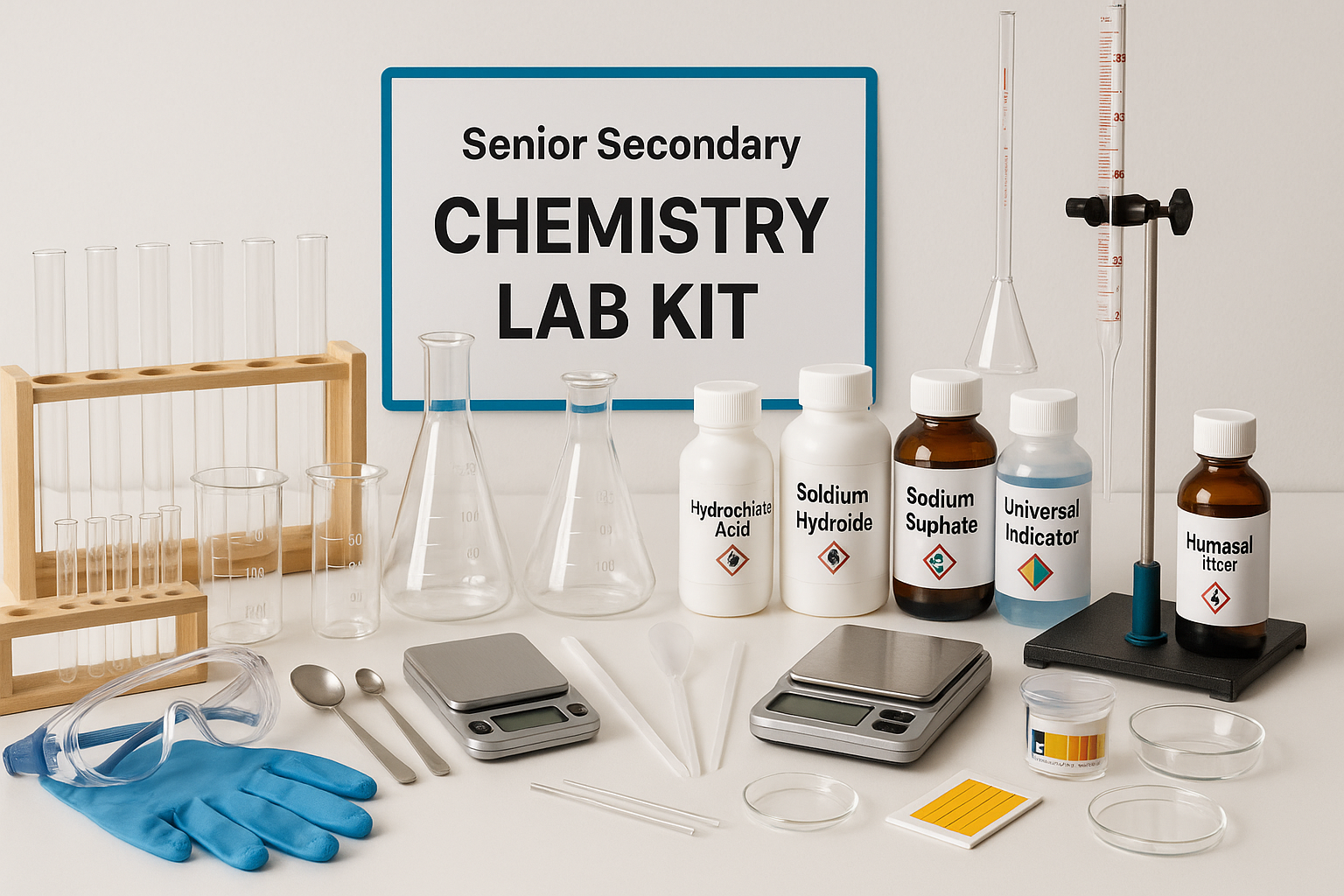Mechanics Laboratory Equipment: An Overview
Mechanics Laboratory Equipment is crucial for anyone involved in the study of physical sciences and engineering. These instruments and tools allow students and researchers to conduct experiments that illustrate the principles of mechanics. From basic experiments illustrating Newton's Laws of Motion to more complex investigations involving tension and torque, the right equipment is essential for accurate results.
In a mechanics laboratory, one can find a variety of equipment designed to facilitate hands-on learning and experimentation. The fundamental tools include but are not limited to: force sensors, inclined planes, pulleys, mass sets, and spring scales. Each piece of equipment serves a unique purpose, contributing to a more comprehensive understanding of mechanical concepts.
Force sensors are used to measure the force applied to an object or system. They play a critical role in experiments where force is a variable, providing students with real-time data that can be analyzed for better grasp of mechanical principles. Similarly, inclined planes allow students to explore concepts such as gravity, friction, and acceleration, demonstrating how different angles affect the motion of an object.
Pulleys, a staple in mechanics labs, are used for studying forces and mechanical advantage. Apart from their educational benefits, they also find practical applications in various engineering fields, making their understanding vital for aspiring engineers. The mass sets, composed of various weights, help in balancing forces and studying static equilibrium, which is foundational in mechanics.
Another important tool in a mechanics laboratory is the spring scale. This device is used to measure the weight of an object through the stretch of a spring. Students often utilize spring scales in their experiments to demonstrate Hooke's Law, which relates the force exerted on a spring to its displacement.
In addition to these core tools, modern mechanics laboratories may also leverage technology, such as software and sensors, to enhance the experimentation process. Data acquisition systems can collect data from various sensors, allowing for real-time analysis and observation of the experiments. This integration of technology not only enhances learning but also prepares students for the tech-driven landscape of modern engineering and physical science disciplines.
Safety is also an integral part of using Mechanics Laboratory Equipment. Proper training on equipment use and understanding of safety protocols ensures a safe working environment. Lab instructors usually implement strict guidelines to protect students from accidents or injuries while using machinery or conducting experiments.
Furthermore, the organization of the lab space contributes significantly to an efficient learning process. Properly labeled equipment and a well-defined experiment area help minimize confusion and maximize productivity during experiments. Students are encouraged to collaborate and share insights as they work, fostering a team-oriented spirit which is pivotal in scientific research.
When discussing Mechanics Laboratory Equipment, calibration is a significant aspect that cannot be overlooked. Accurate calibration of instruments ensures reliable data, which is essential for any scientific inquiry. Educators often emphasize the importance of routine checks and calibrations of equipment before use, thereby instilling a sense of responsibility and attention to detail in students.
As we explore advanced topics in mechanics, equipment such as oscilloscopes and force platforms may also come into play. Oscilloscopes allow for the visualization of waveforms, giving insights into time-varying signals, which are crucial for understanding dynamic systems. Force platforms, on the other hand, are used to analyze ground reaction forces and motion which are vital in biomechanics studies.
Finally, it is worth mentioning the significance of hands-on learning in understanding mechanics. Engaging with Mechanics Laboratory Equipment facilitates experiential learning, giving students the opportunity to apply theoretical knowledge gained in classrooms to real-world situations. This pragmatic approach not only solidifies understanding but also ignites curiosity and innovation among students.
In conclusion, Mechanics Laboratory Equipment is indispensable in facilitating comprehensive learning in physics and engineering. With a variety of tools available, students have the opportunity to experiment, learn, and discover principles that underpin the mechanics of the world around them. Through the use of appropriate equipment, enthusiastic educators can inspire the next generation of engineers and scientists to explore, inquire, and innovate.


